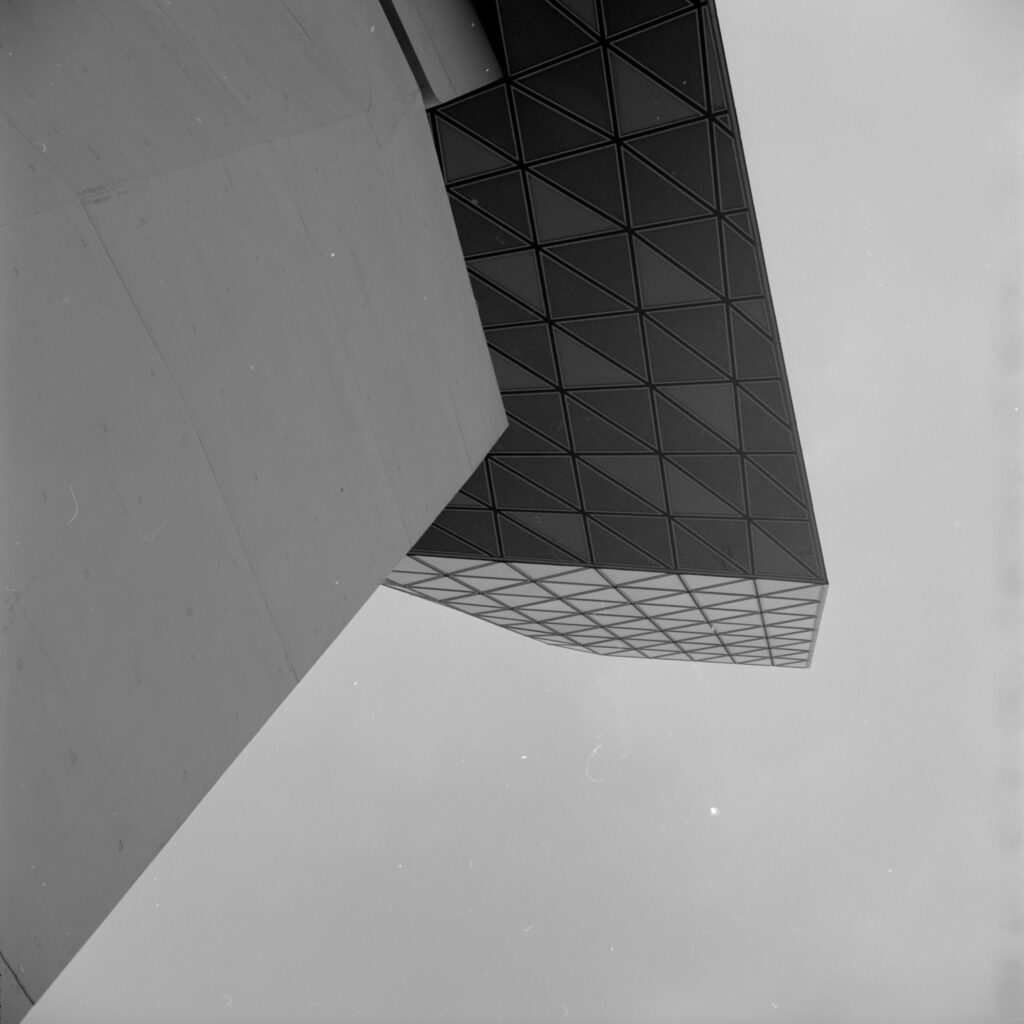
27 February, 2025
TLR Challenge: 6 – Antwerp
27 February, 2025
TLR Challenge: 6 – Antwerp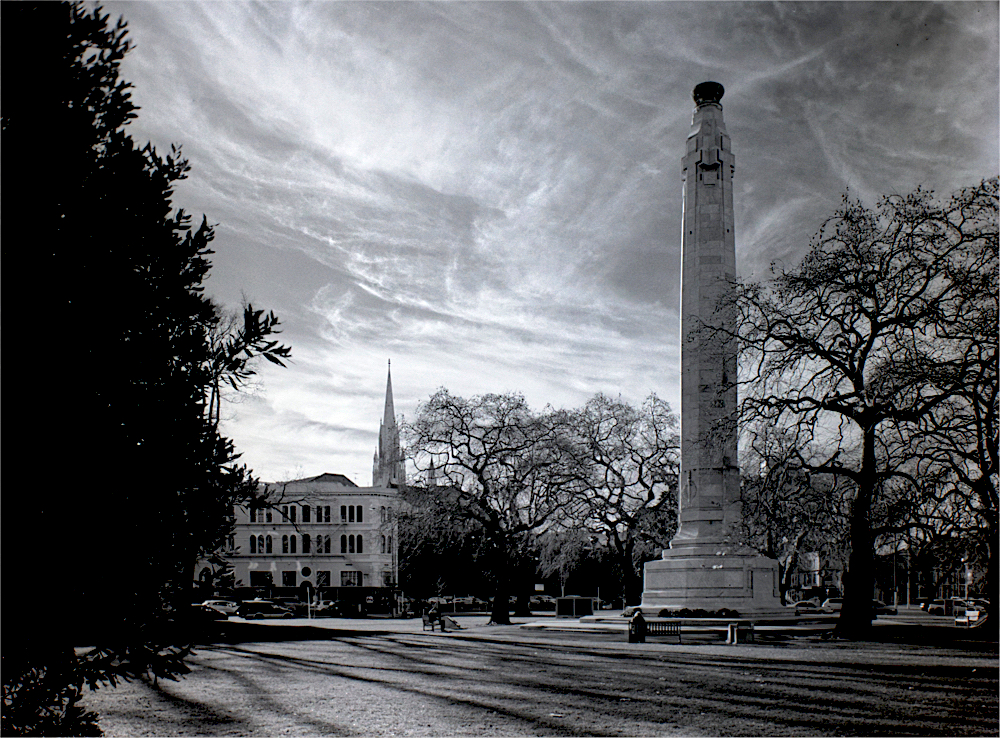
23 February, 2025
A Final Chapter for Large Format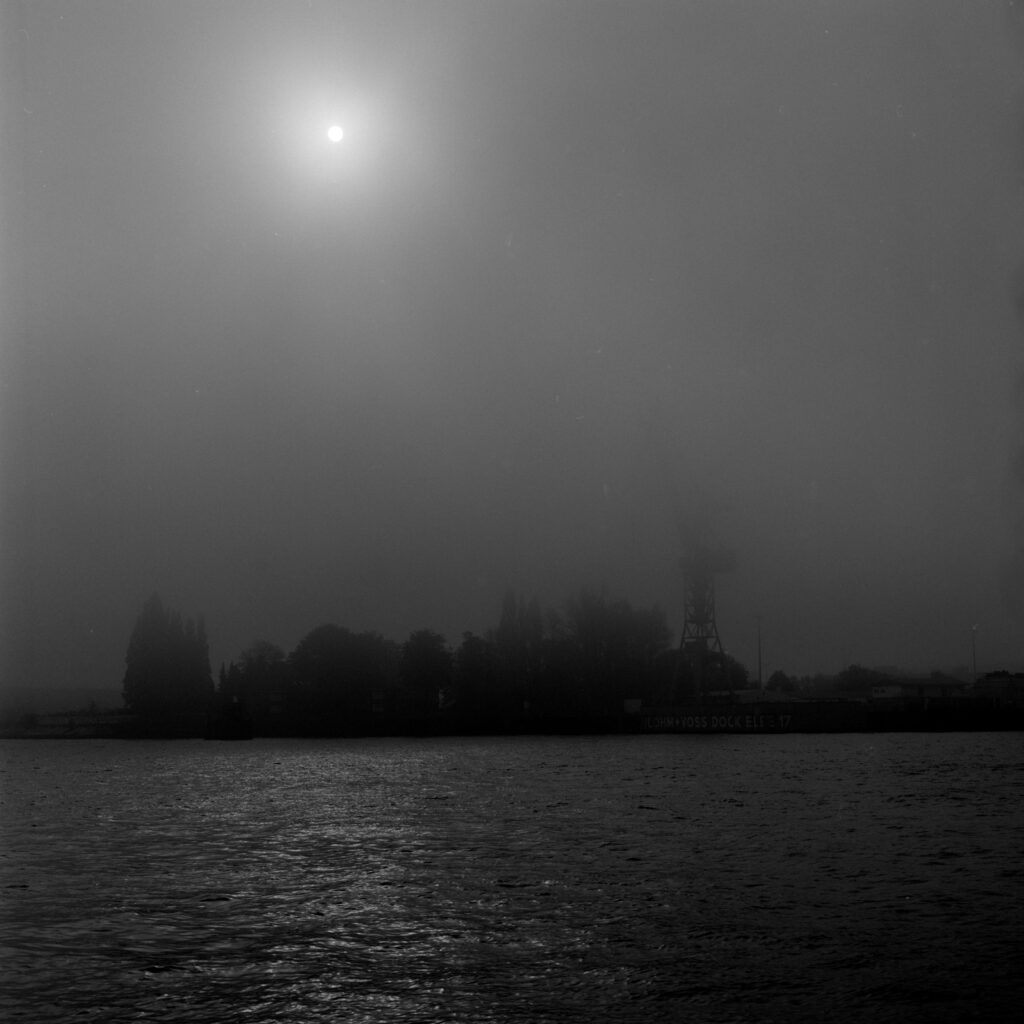
13 February, 2025
TLR Challenge: 5 – Hamburg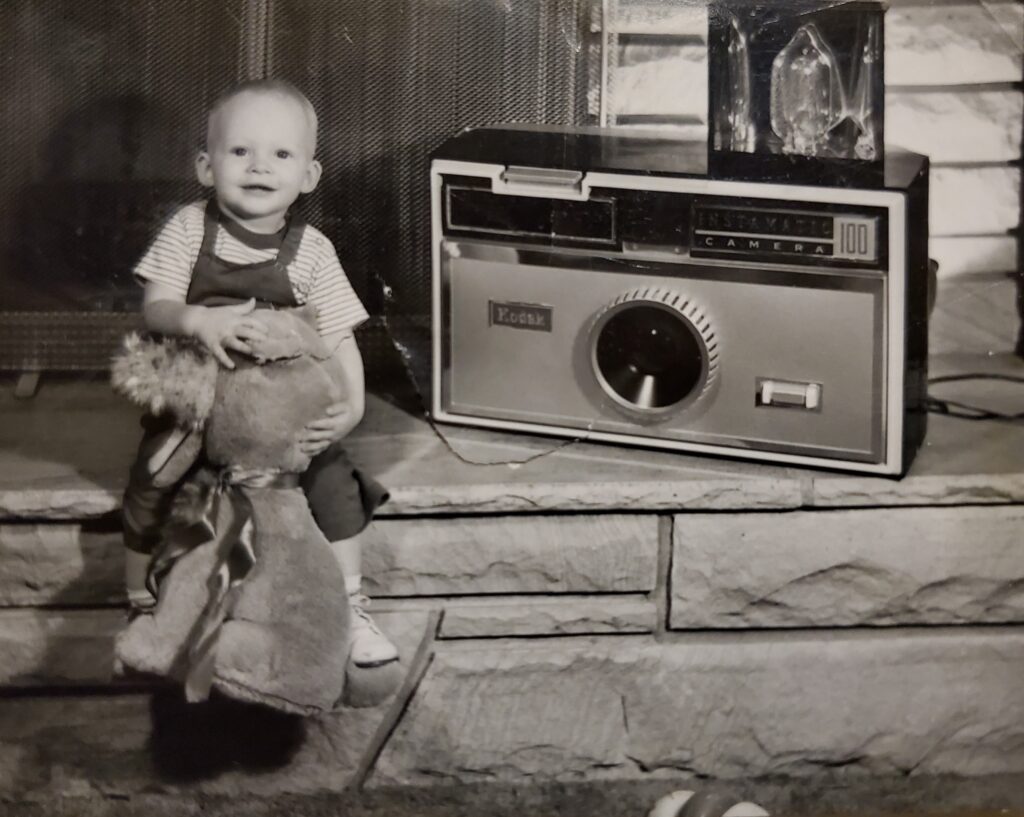
6 February, 2025
Finding the Best 126 Cartridge Camera – Part I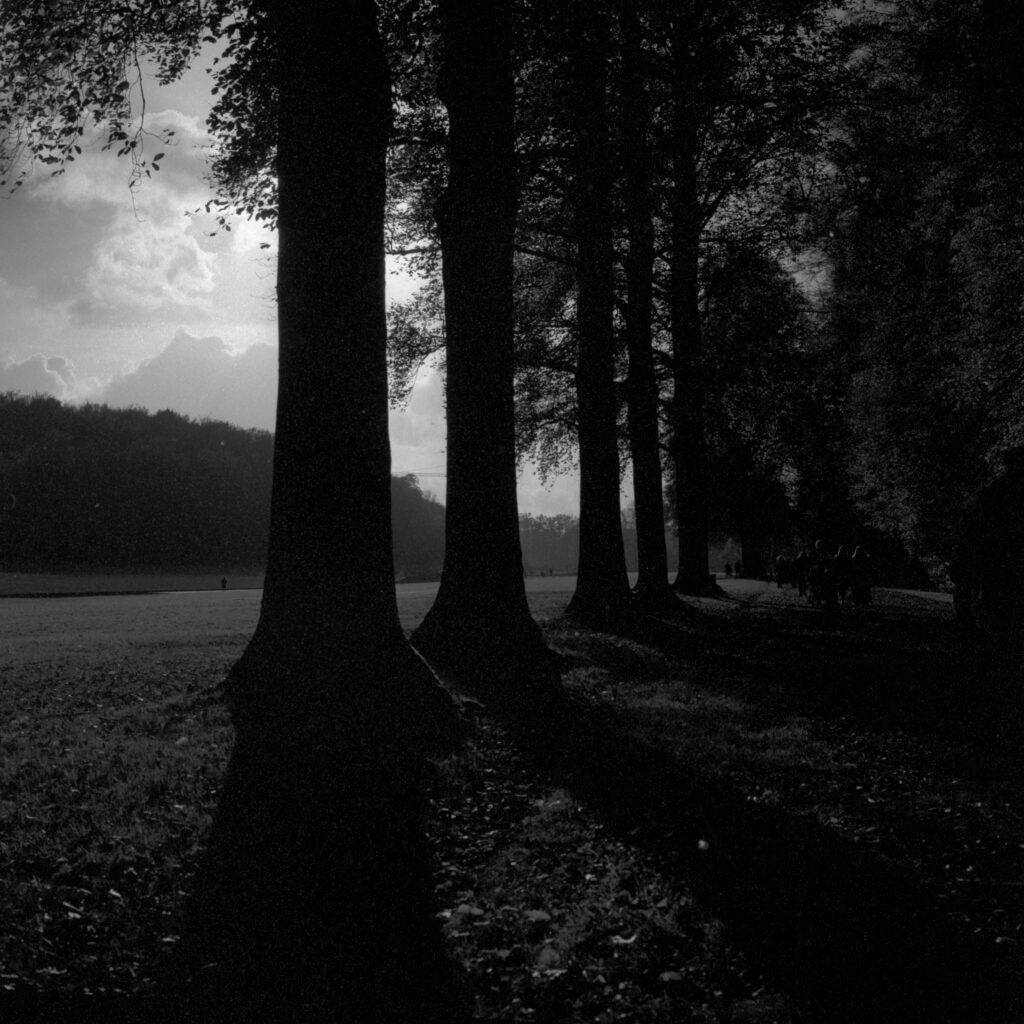
30 January, 2025
TLR Challenge: 4 – Brussels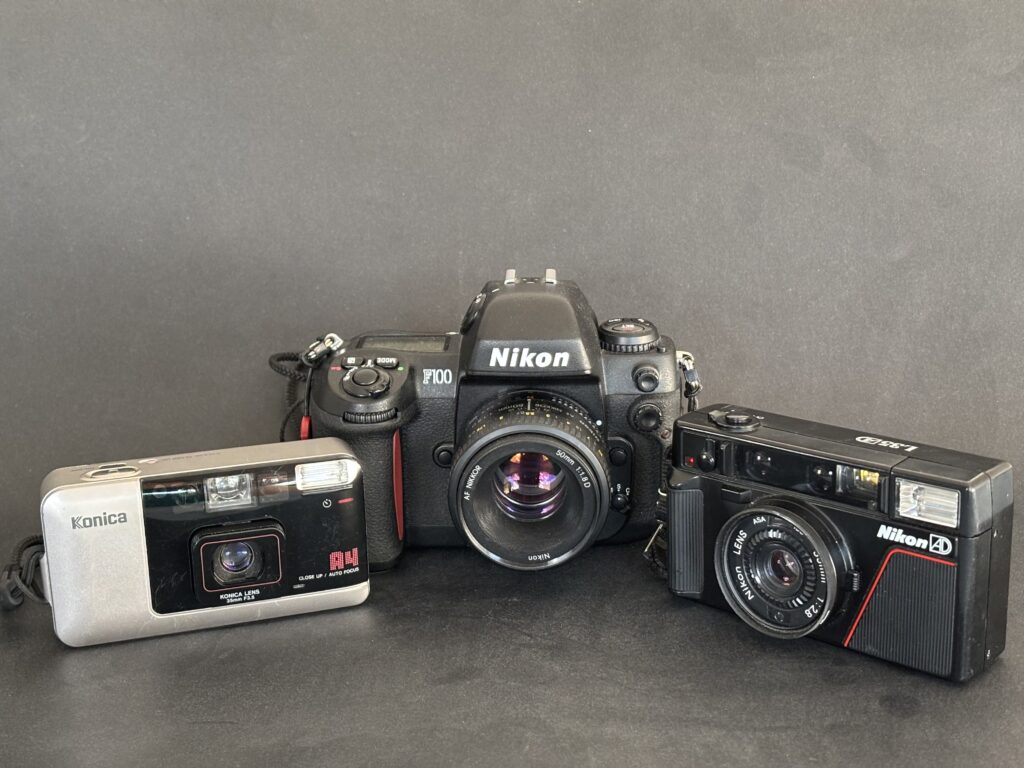
27 January, 2025
Nikon L35AF vs Konica A4 vs Pentax PC35 AF-M vs Nikkor 50mm f/1.8D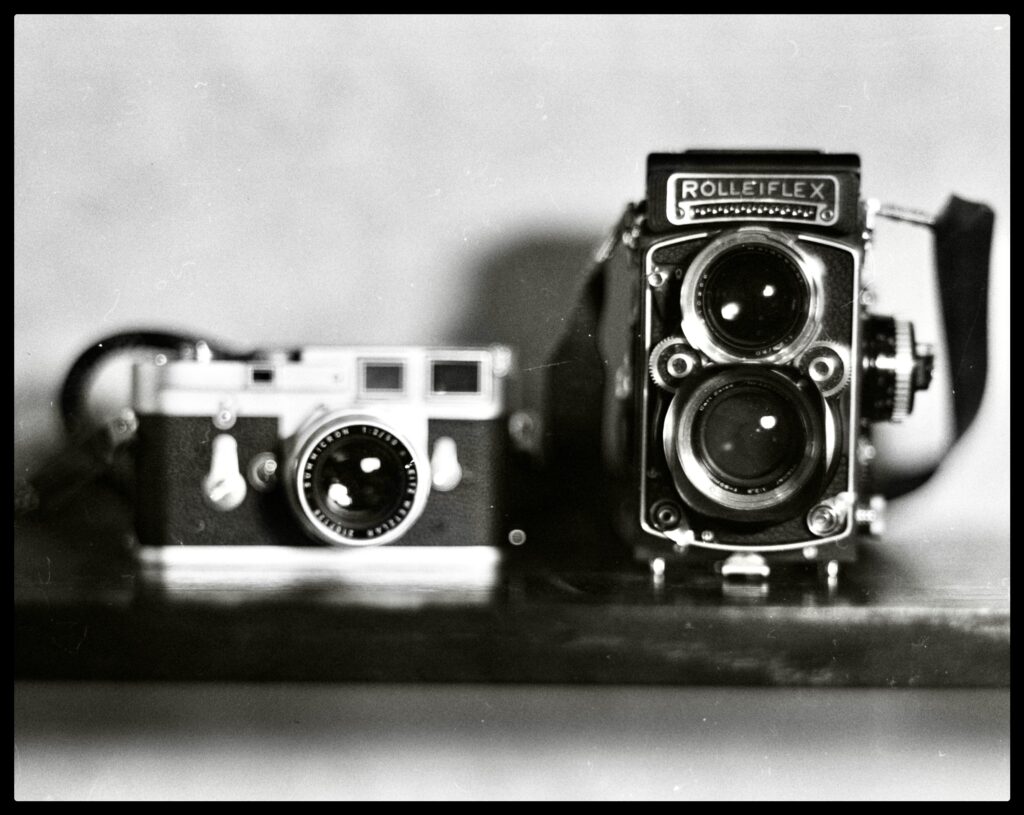
21 January, 2025
Heads or Tails? My Camera Choice for 2025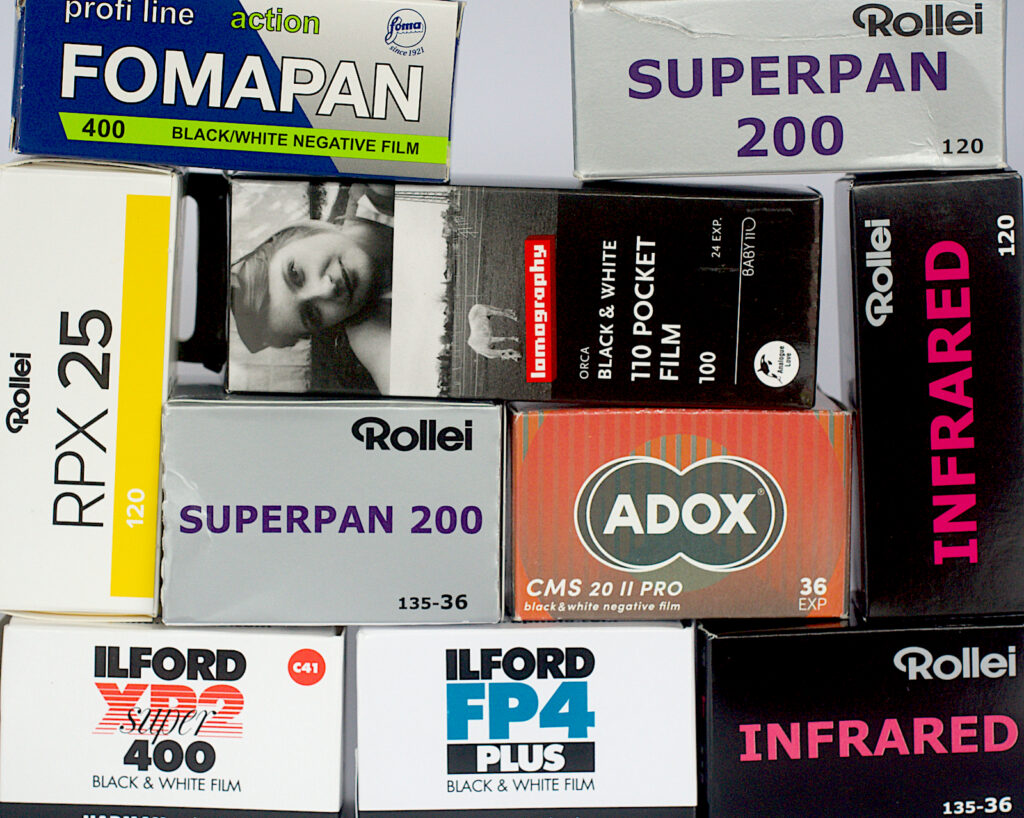

Photography & Projects
Looking for some inspiration, or just want to flick through the project work and photos?

Reviews & Experiences
If you're looking for photography equipment and peripheral reviews, this is the place to start!

Theory & Reflections
If you're looking for photography equipment and peripheral reviews, this is the place to start!

Tutorials & Knowhow
If you want to learn or discover a new technique, build on your skills, or be inspired to have a go at a bit of DIY or camera modification, then you’re in the right place.